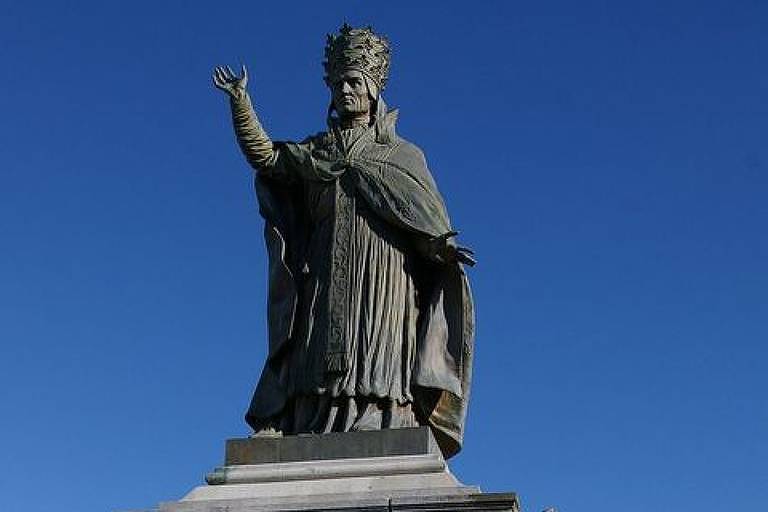Gerbert Durillac, mathematician Pope – 01/17/2023 – Marcello Vianna
2 min read
My friend Jorge Buescu, Professor at the University of Lisbon and former President of the Portuguese Mathematical SocietyHe writes monthly on mathematics in the Journal of the Portuguese Engineers’ Guild.
I have collected his articles in books, and he sends me copies of them. The most recent of these, “Love, Mathematics and Other Neighbors,” which I just received, introduces me to a fascinating character: Gerbert Durillac, the pope mathematician Sylvester 2who ruled Christendom at the turn of the first millennium, between April 2, 999 and May 12, 1003.
We do not know exactly where or when he was born, but it is thought to have been about 945 in the French region of Auvergne, and certainly of humble origin. At the age of eighteen, he had already been admitted to the Benedictine Abbey of St. Giraud d’Aurilac, under the protection of Abbot Raymond de Lafore. There she began her “Trilogy,” the basic course of medieval studies, which consisted of grammar, rhetoric, and logic. But the advanced studies of the “quadrilateral”, formed from geometry, arithmetic, astronomy and music, were far beyond what the abbey could offer.
In 967, taking advantage of a visit by Borel II, Count of Catalonia, the abbot asked him if there were good mathematicians in his field. After the earl replied that he was, Raymond de Lafore asked him to take Gerbert with him to continue his studies.
Catalonia was then on the border between the Christian kingdoms in the north of the Iberian Peninsula, imbued with an irresistible impulse for territorial expansion, and the developed culture of the Islamic kingdom of Al-Andalus, the most advanced at that time. The three years he spent there allowed Gerbert to realize his full potential as a student. It is believed that he spent periods in Córdoba, the capital of Andalusia.
In 970 Boril II went on a pilgrimage to Rome, taking Gerbert with him. On his introduction to Pope John XIII and Roman Emperor Otto I, Gerbert must have made such a strong impression, that he was recommended by the Pope as tutor to the imperial heir, the future Otto II. Two years later he became a teacher at the cathedral school in Reims.
In that era before the establishment of universities—the first of which was founded only in 1088 in Bologna—the cathedral schools were the most advanced educational institutions, and Reims, where the kings of France were crowned, was among the most prestigious in Europe. There, Gerbert reached the height of his fame as an academic.
Before the vicissitudes of his career led him into international politics and to the top of the Christian church, Gerbert made important contributions to the development of mathematics in Europe. It will be the topic of next week.
Current link: Did you like this text? A subscriber can issue five free visits to any link per day. Just click the blue F button below.

“Devoted food specialist. General alcohol fanatic. Amateur explorer. Infuriatingly humble social media scholar. Analyst.”




